Cord sets are electrical cables used to connect an appliance or piece of equipment to a main power source. When connected, they provide electrical energy. They are also sometimes known as power cords, power supply cords, or electric cords. They are distinct in that they have connectors molded to their cords at each end, and they are detachable from both the power supply and the electrical equipment. Read More…
Our customers find we have the highest standards when it comes to quality, and delivery. Quail Electronics is a worldwide power cord supplier, offering power cords and various other products.

All of our power cords are tested and stand up to rigorous demands of everyday application. We serve a global market including the United Kingdom, Ireland, Germany, Switzerland, Austria and of course the United States.

Our plug adapters are guaranteed to bring you a lifetime of value. Our staff is committed to bringing you only the most reliable products that are available. We will find solutions for your cord needs regardless of how difficult the job may be.

At Conntek, we have many years of experience manufacturing electronic connectors for a variety of industries. We believe in offering a variety of services to our customers, and we extensively test all of our products for multiple environments. You can learn more about us when you contact us today or visit us online! We can't wait to hear from you!

Qualtek Electronics is a RoHS compliant & ISO 9001:2000 certified supplier of power components including cordsets, international and domestic power cords, circuit breakers, AC receptacles and more. We also provide fan accessories, heat shrinkable tubing, EMI power line filters and cable assemblies.

More Power Cord Manufacturers
Cord sets, also known as power cords, power supply cords, or electric cords, are electrical cables designed to connect appliances or equipment to a main power source, providing electrical energy. They feature molded connectors at each end and are detachable from both the power supply and the equipment.
Applications of Cord Sets
Cord sets are widely used across various industries and everyday scenarios. In the consumer electronics sector, they connect devices like computers, TVs, and gaming consoles to power outlets. In the industrial sector, cord sets power machinery, equipment, and tools, ensuring smooth operations in factories and construction sites. Medical settings use specialized cord sets for medical devices and equipment, ensuring patient safety and reliability. The automotive industry relies on cord sets to power electric vehicles and charge plug-in hybrids. Additionally, cord sets are used in outdoor applications such as powering outdoor lighting, garden equipment, and camping accessories. Overall, cord sets facilitate the safe and efficient transfer of electrical power across numerous industries and environments.
The History of Cord Sets
In 1882, Thomas Edison established the earliest power distribution system in the USA in New York City, following a similar system he had implemented in London earlier that year. This system, an ancestor of the modern cord set, transmitted DC power from the Pearl Street Station to customers within a one-mile radius. The design used copper rods wrapped in jute for insulation and placed these rods inside rigid pipes filled with an asphalt-like compound.
In the late 1880s, vulcanized rubber, patented by Charles Goodyear in 1844, began to be used as cable insulation. Its popularity led to its use in the 1897 Niagara Falls power project, where it housed 11,000-volt circuits. By World War II, cables featured insulation made from polyethylene and synthetic rubber.
American homes have seen significant changes in power cords and cord sets over time. Initially, bare and cloth-covered wires secured with staples were common, but their hazards quickly became apparent. By the 1930s, people switched to insulated cord sets made from asphalt-saturated cloth or rubber. In 1906, manufacturers introduced armored cable, known as “Bx,” which had a flexible steel sheath with cloth-covered, rubber-insulated conductors. A notable design from 1922 featured rubber-insulated wires with jackets made of tar-impregnated woven cotton cloth and waxed paper filler.
In the 1950s, the introduction of early two-wire PVC-insulated cables, known as “Romex,” marked a significant advancement. The 1960s and 1970s saw a push for aluminum wire as a cheaper alternative to copper, but this was later deemed unsafe due to corrosion issues. The 1970s also brought the elimination of asbestos as an insulator in cloth wire, recognizing its severe health risks. Today, three-wire PVC-insulated cables, also called Romex, are widely used in American homes, along with power adaptors like the increasingly popular USB adaptors.
Design of Power Cords
The standard power cord set is composed of a flexible cord with electrical connectors at each end: one female and one male. It includes a plug and a plug cover. The cord contains highly conductive wire encased in an insulative material and a protective outer jacket. One end is connected to a molded electrical plug, and the other end features a molded electrical receptacle.
Copper is the standard conductive wire used in cord sets, a practice that has remained consistent throughout their history. Insulative materials are selected for their temperature ratings and non-conductive properties. Examples of commonly used insulative materials include PVC, semi-rigid PVC, plenum PVC, polyethylene, polypropylene, polyurethane, chlorinated polyethylene, nylon, thermoplastic rubber, styrene butadiene rubber (SBR), silicone, fiberglass, ethylene propylene rubber (EPR), plain rubber, chlorosulfonated polyethylene (CSPE), ethylene propylene diene monomer (EPDM), and thermoplastic elastomers (TPE). For jacketing, materials like TPE, PVC, and neoprene are typically used. The choice of jacketing material depends on specific characteristics such as oil resistance, heat resistance, and moisture resistance.
Cord construction must comply with several standard regulations, covering aspects such as voltage ratings, current, wire length and diameter, maximum cable temperature, jacket material, and the type of molded plug and female receptacle. While manufacturers are obligated to follow these regulations, they can tailor cords to suit specific application needs. For instance, the shape (flat or round) and gauge of the wire are determined by the cable’s intended use. Similarly, the jacket material is chosen based on application requirements; waterproof jackets are used for rugged outdoor environments, while areas with high electromagnetic interference may need extra protective jackets. Manufacturers can also customize the plug type (rotating, snap-on, screw-on, locking, etc.), cordset color, and length.
Features of Cord Sets
Cord sets are used to transfer electrical power and can operate with either direct current (DC) or alternating current (AC), with AC being the standard in most contemporary designs. AC power cords offer higher efficiency and superior long-distance power transmission compared to their DC counterparts. The electrical force in these cords is quantified in volts or volt-amperes.
For proper use, cord sets must be connected to an outlet or electrical receptacle. They feature detachable connections at both ends, enabling disconnection from the electrical device and the power source. The female connector attaches to the device or appliance, while the male plug connects to the outlet or receptacle.
Cords may be either permanently attached to a plug or need a separate power adaptor, often called an AC adaptor or outlet adaptor. In North America, Type A and Type B plugs are the most prevalent. Type A plugs have two conducting prongs, whereas Type B plugs have three, with the third prong offering an extra flow of electricity and connecting to a grounding rod. A secure connection between the plug and the wall socket is crucial for optimal performance.
Power adapters connect to wall outlets to convert AC into DC voltage. They come in various styles, such as North American, International, Universal, IEC, double, single, and USB. Additional components may include leak detection systems, electrical fuses for surge protection, materials to mitigate electromagnetic interference, and voltage monitoring systems.
Types of Cord Sets
Specialized cord sets cater to various needs, including business machine cords, heavy-duty cords, hospital plugs, NEMA power cords, right-angle power cord sets, power strips, and extension cords.
Business machine cords are specifically designed for use with computers and related equipment, ensuring reliable performance and compatibility.
Heavy-duty cords are built to withstand the demands of harsh, heavy-usage environments typical of industrial and commercial applications. These cords feature large, flat heads with deeply contoured ridges for a secure, non-slip grip. Additionally, they have a heavy, molded strain relief shroud to protect the connection between the cord and the plug, ensuring longevity and safety.
Hospital plugs are engineered for the high-stakes requirements of medical equipment. These plugs have conductors welded or soldered to solid brass pins and blades, providing enhanced durability and reliability necessary for critical medical applications.
NEMA power cords are crafted to meet the exact voltage capacity and electrical receptacle configuration standards established by the National Electrical Manufacturers Association (NEMA). These cords ensure dependable and safe connections, conforming to industry specifications for a wide range of applications.
Right angle power cords, which come with either two-conductor or three-conductor plugs, are designed to connect electrical equipment in tight spaces without bending or damaging the cord. This thoughtful design increases the durability and lifespan of the cords, making them ideal for use in areas where space is limited.
Crafted to match the precise voltage capacity and electrical receptacle configuration standards of the National Electrical Manufacturers Association (NEMA), NEMA power cords ensure both reliability and safety for a variety of applications. These cords adhere strictly to industry specifications, guaranteeing dependable connections.
Available with either two-conductor or three-conductor plugs, right angle power cords are specifically designed for use in tight spaces. Their design prevents bending or damage to the cord, thereby enhancing durability and longevity. This makes them an ideal solution for environments with limited space.
A power strip is an indispensable electrical accessory that features multiple sockets connected to a flexible cable, which usually plugs into a wall outlet. It enables the simultaneous powering of several devices from a single source, making it ideal for settings with numerous devices such as computer systems, power tools, lighting setups, and audio or video systems. Its versatility makes it suitable for both home and workplace environments.
To prevent overloading and short circuits, many power strips are equipped with a circuit breaker, providing an added layer of safety. This ensures that connected devices are protected from electrical faults. Known by various names, such as poly socket, multiple socket, multi-socket, multi-box, power board, power bar, plug board, extension block, trailing socket, trailing gang, or plug bar, power strips are essential tools for managing multiple electrical devices efficiently.
Advantages of Cord Sets
Cord sets bring numerous benefits to both consumers and industries. They simplify installation with their plug-and-play design, allowing users to connect devices quickly and easily without specialized knowledge. This feature is particularly useful in settings like homes, offices, and public spaces, where electronic equipment is frequently moved. Additionally, the safety features of cord sets, such as grounding and insulation, provide extra protection against electrical accidents, ensuring user safety and device longevity.
Standardizing cord set plug types and voltage ratings ensures uniformity and compatibility across devices and regions, allowing users to interchange cords without compatibility concerns. This standardization also aids international travelers by enabling the use of local power outlets with compatible cords. The cost-effectiveness of cord sets is a major benefit in both consumer and industrial contexts. Custom wiring can be costly and time-consuming, but cord sets often eliminate the need for such solutions. Mass-produced standardized cord sets benefit from economies of scale, reducing manufacturing costs and offering affordable pricing to consumers.
The flexibility of cord sets is remarkable, as they are available in various lengths, configurations, and styles to suit a broad spectrum of applications. Whether for small household gadgets or robust industrial machinery, this adaptability ensures that cord sets can fulfill the specific power needs of diverse devices and settings.
Cord sets provide several key benefits, including ease of use, safety, compatibility, cost-effectiveness, and versatility. These attributes have made them indispensable across many sectors, such as consumer electronics, healthcare, manufacturing, and automotive. From charging our smartphones to powering heavy equipment in factories, cord sets are crucial for maintaining a dependable and efficient flow of electrical power.
Cord Set Accessories
Cord set accessories enhance the versatility and safety of cord sets by catering to various needs and applications. Adaptors, for example, provide a practical solution for travelers or users dealing with different plug standards, allowing seamless device-to-power outlet connectivity. Fuses, crucial for overcurrent protection, automatically break the circuit during a current overload, thus preventing device damage and mitigating electrical hazards. Additionally, insulating tape and shrink tubing offer electrical insulation, shielding connections from moisture and contaminants. High-temperature silica tape protects wires in extreme heat environments, such as those found in industrial or automotive settings.
Grip seals prevent unintentional disconnection, secure connections, and offer strain relief. Clean and precise wire preparation is facilitated by cable cutters and wire strippers, which enhance electrical performance and reliability. By managing and protecting bundled wires, cable sleeves minimize tangling and guard against external damage. Pilot lamps serve as indicators, displaying power presence or specific device functions.
To ensure electrical safety in medical or sensitive equipment, leakage current detectors identify unintended current flow between the system and ground. When evaluating the need for specific cord set accessories, consider the requirements and potential hazards of the electrical connections. Whether it involves ensuring compatibility during international travel, safeguarding against power surges, or organizing and insulating wires in challenging environments, cord set accessories enhance efficiency, reliability, and safety in electrical operations.
Proper Care for Cord Sets
Proper care and maintenance of cord sets are essential for longevity, safety, and performance. Handle them carefully to avoid bending or pulling, which can damage internal wires. Regularly inspect cords for wear, fraying, or insulation damage, and replace any damaged cords to prevent electrical hazards. Keep cords away from heat sources, sharp objects, and moisture to prevent deterioration and malfunctions. When disconnecting, always grasp the plug firmly instead of pulling on the cord.
To clean cord sets, opt for a dry cloth or a slightly damp one if necessary, ensuring they are fully dry before plugging in. Steer clear of solvents or harsh cleaning agents to avoid damaging the insulation or connectors. Store cord sets in a clean, dry place when not in use, coiling them loosely to prevent kinks or stress on the wires. Always use cord sets rated for the intended load and application to avoid overheating and fire risks. For outdoor or temporary use, choose extension cords specifically rated for outdoor use and shield the connections from rain and other environmental elements.
Regularly inspect plugs and connectors for loose or damaged parts, tightening or replacing them as needed. Unplug cord sets when not in use to reduce energy consumption and minimize the risk of electrical accidents. Adhering to these guidelines ensures safety, extends the lifespan of cord sets, and maintains efficient electrical performance.
Standards for Cord Sets
In the United States, the National Electrical Manufacturers Association (NEMA) establishes guidelines for cord voltage capacities, electrical plug designs, and receptacle formats. These guidelines aim to enhance user safety and ensure high product standards. The American Wire Gauge (AWG) system defines specifications for cord wire dimensions and voltage limits, determining the correct wire gauge based on the required voltage flow.
Internationally, different countries implement their own electrical standards, which results in variations in cord components, voltage ratings, and plug designs. Therefore, travelers frequently need to use international power cords or plug adapters when visiting other countries.
UL, a leading organization, collaborates with companies to verify compliance with these standards. By partnering with UL, manufacturers can assure the quality and environmental responsibility of their products for both domestic and global markets. Working with UL provides manufacturers with a significant edge in meeting rigorous regulatory standards and market demands.
Things to Consider
Choosing the right cord set is crucial for industrial, commercial, or medical applications. An incorrect cord set can cause system malfunctions, leading to costly downtime and even dangerous situations like fires. To ensure you receive the highest quality and appropriate material composition, you need to work with a cord set professional.
With numerous suppliers to choose from, finding the right one can feel overwhelming. We’ve done the research for you and identified the top companies in the field. You can review their profiles and websites on this page. Reach out to a few that interest you and remember: the best manufacturer doesn’t just offer great deals but invests in creating reliable, high-quality products. Look for a manufacturer that prioritizes excellence and durability in their offerings.
Check out our Power Cords website




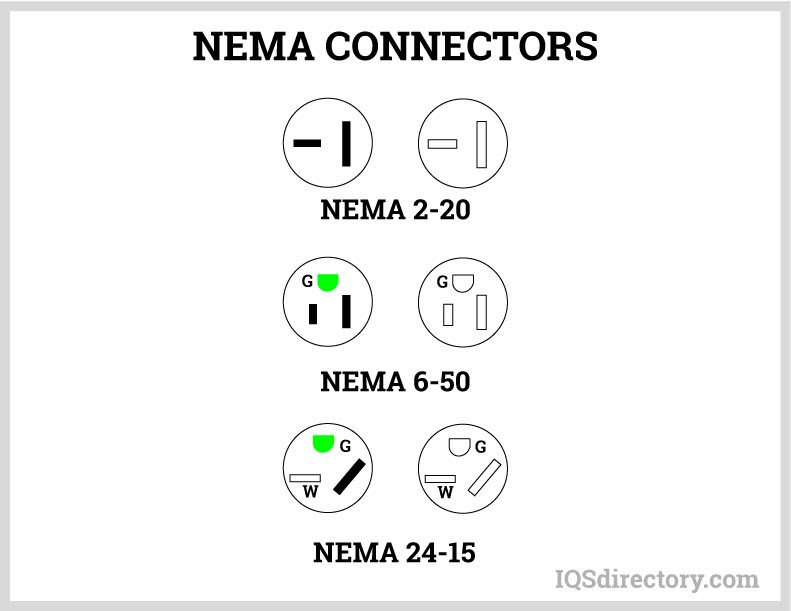



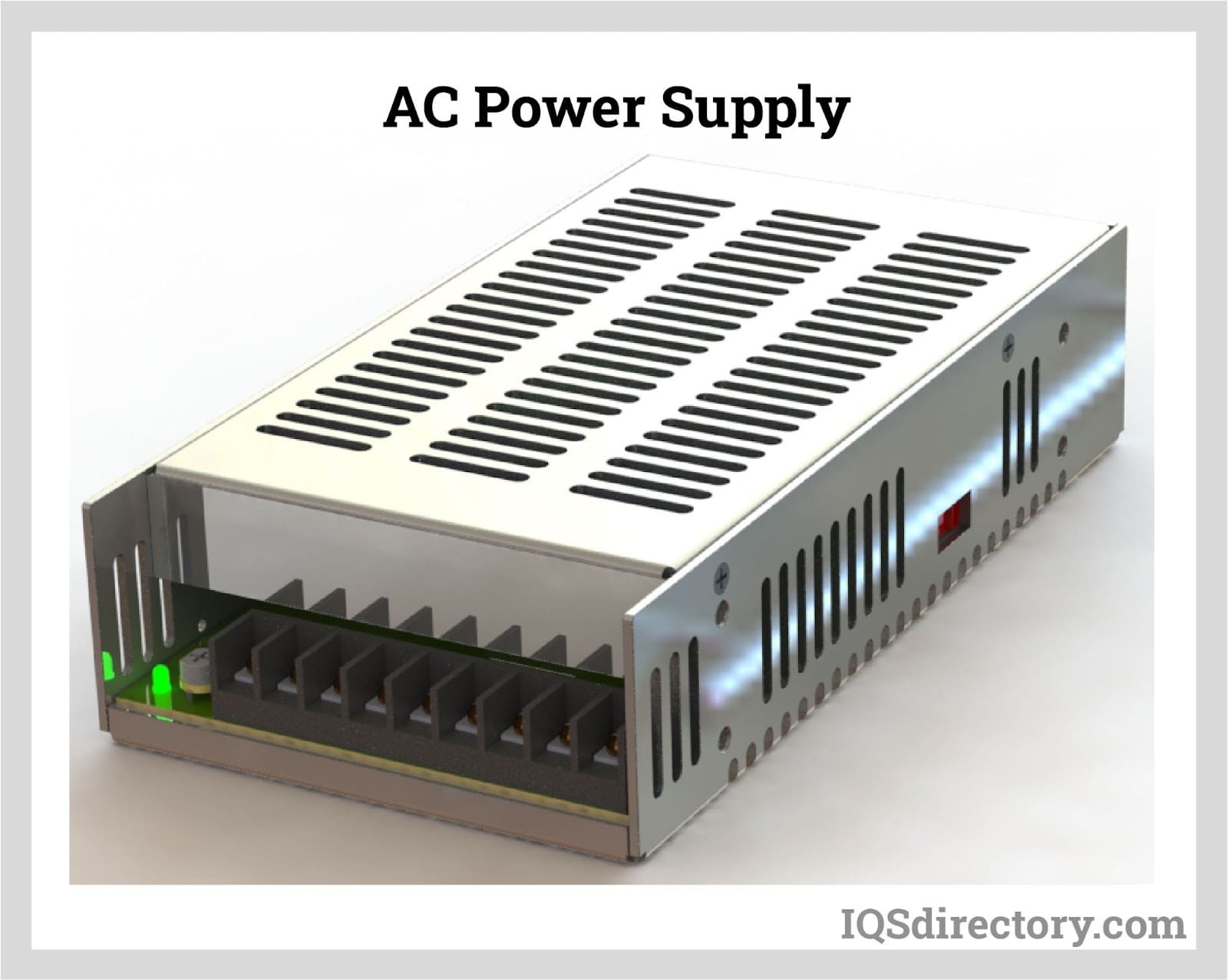


 Electric Coils
Electric Coils Electric Switches
Electric Switches Electric Transformers
Electric Transformers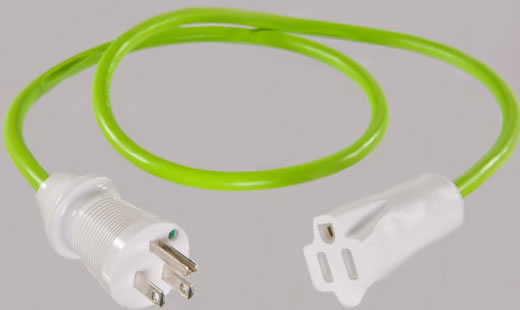 Electronic Connectors
Electronic Connectors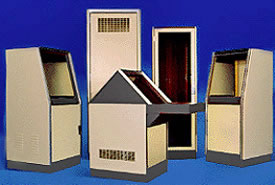 Electronic Enclosures
Electronic Enclosures EMI Shielding
EMI Shielding Membrane Switches
Membrane Switches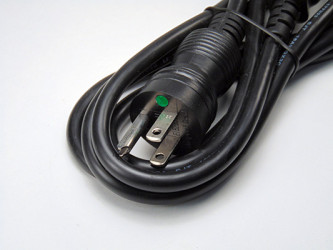 Power Cords
Power Cords Static Eliminators
Static Eliminators Castings & Forgings
Castings & Forgings Bulk Material Handling
Bulk Material Handling Electrical & Electronic Components
Electrical & Electronic Components Flow Instrumentation
Flow Instrumentation Hardware
Hardware Material Handling Equipment
Material Handling Equipment Metal Cutting Services
Metal Cutting Services Metal Forming Services
Metal Forming Services Metal Suppliers
Metal Suppliers Motion Control Products
Motion Control Products Plant & Facility Equipment
Plant & Facility Equipment Plant & Facility Supplies
Plant & Facility Supplies Plastic Molding Processes
Plastic Molding Processes Pumps & Valves
Pumps & Valves Recycling Equipment
Recycling Equipment Rubber Products & Services
Rubber Products & Services